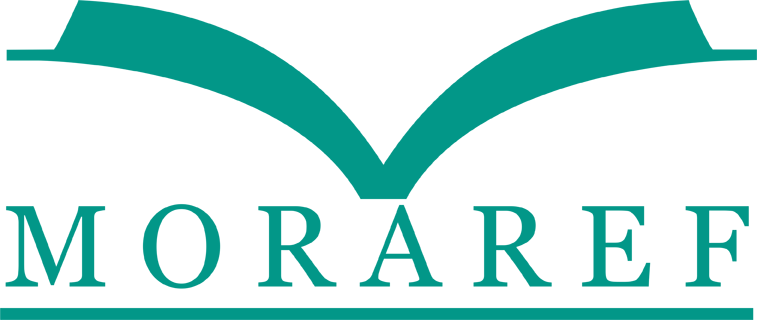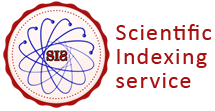PENGARUH PEMBERIAN EDUKASI TENTANG RHEOLOGICAL SALIVA TERHADAP POTENSI KUALITAS SALIVA MULUT PADA WANITA MENOPAUSE
Abstract
TITLE
THE EFFECT OF GIVING EDUCATION ABOUT RHEOLOGICAL SALIVA TO POTENTIAL QUALITY OF MOUTH SALIVA IN MENOPAUSE WOMEN
ABSTRACT
One change in salivary secretions is fluctuating and the condition of a decrease in salivary quantity can cause complaints to someone. This decrease in salivary secretion is often associated with xerostomia or dry mouth perception caused by local oral cavity factors and systemic factors such as hormonal changes, such as the climacterial period in women. This salivary hypofunction in postmenopausal women not only causes a decrease in salivary volume but may affect the overall level of viscosity and salivary saliva or rheological pH. The purpose of this study was to determine changes in the salivary rheological conditions of postmenopausal women to the health status of the oral cavity.
This type of research is quasi-experimental with an observational analytic approach. The study population was all female patients aged 40-58 years that met the criteria of the study sample. The study sample was research subjects who met the criteria of the study sample and had approved the research procedure and signed consent information for 100 respondents. Bivariate analysis was carried out to identify whether there was influence of independent variables. The statistical test for normality used is the Kolmogorov test - Smirnov Test. Then the analysis of the Pre and Post Difference Test is continued by using Wilcoxon.
The results showed that there was a tendency that there was no difference in the number of dental hygiene at the time of pre-post in both the treatment and control groups because the significance value was greater than 0.05. good post because it is found that there is a significance value greater than 0.05. While in the group of respondents who were treated, there was a tendency for a significant difference between the salivary conditions at the time pre-post in the pH and saliva buffer groups because the significance value was smaller than 0.05 . This shows that with the provision of education to maintain dental health at the age of menopause, it affects the potential for salivary quality in the event and saliva buffer
Keywords
Full Text:
PDFReferences
Greabu M, Maurizio Battino, Maria Mohora, Alexandra Totan, Andreea Didilescu, Tudor Spinu, Cosmin Totan, Daniela Miricescu, Radu Radulescu. 2009. Saliva – a diagnostic window to the body, both in health and in disease. Journal of Medicine and Life. Volume 2. Nomor 2. pp.124-132
Tibor K. F´abi´an, P´al Fej´erdy, P´eter Csermely. 2007. Saliva in health and disease, chemical biology of saliva. Wiley Encyclopedia of Chemical Biology. John Wiley & Sons, Inc.
Hidayati, Rima Semiarty, Winerli Septevani. 2013. Pengaruh Oral Hygiene pada Wanita Paskamenopause dengan Kejadian Gingivitis pada Kelompok Wanita Tani (KWT) di Kecamatan Lubuk Alung Kabupaten Padang Pariaman. Andalas dental journal. Volume 1. Nomor 1. pp. 14-28
EM Minicucci, RBC Pires, RA Vieira, HA Miot, MR Sposto. 2013. Assessing the impact of menopause on salivary flow and xerostomia Australian Dental Journal. Volume 58. pp. 230–234.
Mohan Grover C, Vanita Parshuram More, Navneet Singh, Shekhar Grover. 2014. Crosstalk between hormones and oral health in the mid‑life of women: A comprehensive review. Journal of International Society of Preventive and Community Dentistry November. Volume 4. Supplement 1. pp S5-11.
Yildirim Talo Tuba, Filiz Acun Kaya. 2011. The Effects of Menopause on Periodontal Tissue. Int Dent Res. Volume 3. pp. 81-86
Bhat S, Sushmini Hegde, Bharthi, Sujatha D, Ganapathy. 2010. A study on evaluation of the effect of menopause on saliva and dental health Journal of Advanced Dental Research. Volume 1. Issue 1. October. pp. 33-36.
Shaila GM, Prakash Pai, Pushparaj Shetty. 2013. Salivary protein concentration, flow rate, buffer capacity and pH estimation: A comparative study among young and elderly subjects, both normal and with gingivitis and periodontitis. J Indian Soc Periodontol. Volume 17. Nomor 1. pp. 42–46.
Mulyani, NS. 2013. Menopause; Akhir Siklus Menstruasi pada Wanita di Usia Pertengahan. Yogjakarta: Penerbit NuhaMedika. pp. 8-33.
Nidhi R Rajesh K. 2014. Periodontal diseases in Menopausal Women. J Pharm & Res. Volume 6. Nomor 12. pp. 423-424.
Alves CR, Sergio Antunes F, Alberto RA. 2013. Is menopause associated with an increased risk of tooth loss in patients with periodontitis?. Rev Port Estomatol Med Dent Cir Maxilofac. Volume 45. Nomor 4. pp. 210-216.
DOI: https://doi.org/10.31983/jkg.v5i2.3862
Article Metrics
Refbacks
- There are currently no refbacks.
| View My Stats |










.png)


.png)
.png)









